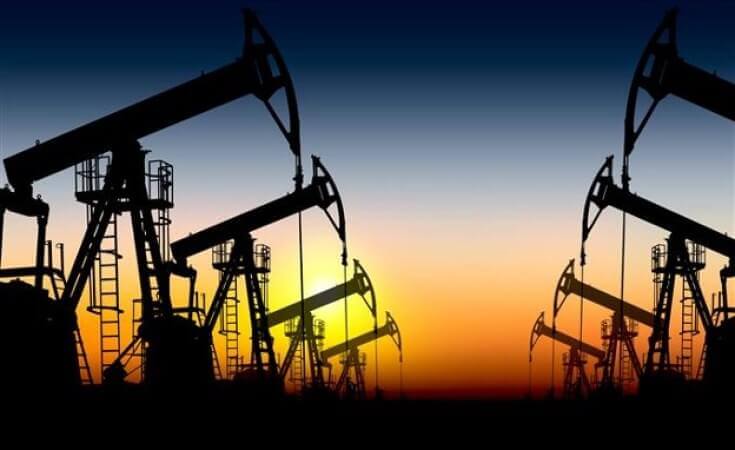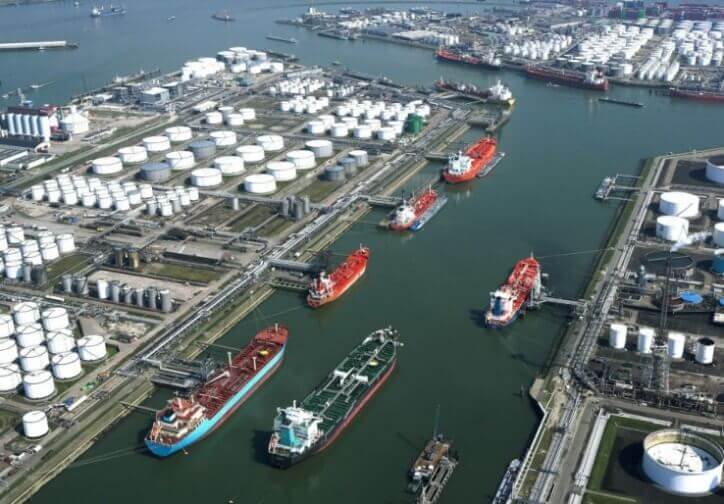October 18, 2022
According to reports, dozens of ships carrying liquefied natural gas (LNG) are hovering around the Spanish coasts. Due to overcapacity at the factories that convert fuel from ships into gas, several European nations are unable to secure the slots required for unloading.
Due to Russia’s reduction in gas exports as a result of sanctions imposed by Western countries in reaction to the attack on Ukraine, Europe is currently experiencing a crisis in its energy supply.
The area has had to develop alternative sources of supply, such as LNG. However, it has reportedly been shown that Europe lacks “regasification” capability as a result of the influx of massive cargoes of the super-chilled fuel.
Eight ships are anchored near the Bay of Cadiz, while over 35 LNG-loaded ships are circling the Mediterranean Sea off the coast of Spain. Analysts, dealers, and sources connected to LNG plants are familiar with the situation reported on Monday.
According to reports, the cargo backlog has caused worrisome concerns about Europe’s ability to handle LNG supplies needed to make up for the shortage of Russian pipeline supply.
This week, Spain is giving six cargo slots at its regasification ports, which is less than a quarter of the number of vessels waiting in line off its coasts, according to an industry source. The nation has a total of six airports.
According to a source with knowledge of the situation, there are apparently LNG vessels anchored near to other European countries, which could mean that dozens more are on standby. The LNG floating offshore cannot be used since there aren’t enough regasification plants or pipelines connecting the nations having those facilities to other European markets.
According to Alex Froley, an expert LNG analyst at data intelligence giant ICIS, “we’ve observed many cargoes waiting offshore in southern Spain or circling in the Med, and other cargoes waiting off the UK.” The constraints were made worse by lower domestic consumption in Spain due to the warm weather and lower industrial demands as the European economy weakened.
Another factor stated by ICIS’s Froley that contributed to the congestion was the expectation of price increases. Some ships are waiting to sell cargo at a higher price in anticipation of an increase in heating demand, which might reduce the additional shipping costs paid by remaining offshore. According to Froley, the technique partially succeeds since certain businesses allow flexibility in shipping portfolios due to disruptions like the closure of the US Freeport plant. According to reports, he was alluding to the second-largest US LNG exporter, which shut down in 2022 (June) as a result of a fire and an explosion.
He added that businesses might not have been able to keep the ships waiting for so long if more cargo were produced. The ships may even examine alternate ports outside of Europe for cargo offloading if the backlog isn’t reduced fast enough.
To facilitate its supply, China halted selling LNG to international buyers on Monday. According to market participants, this action may encourage more ships to head to Asia. Spain has six facilities, which is the most in the EU and accounts for 33% of LNG capacity and 44% of storage for LNG.
According to data released by Enagas, Spain’s national gas grid operator, gas tanks in Spain are often 80% full, which is close to the technical limit. When queried about the tanks, an Enagas official responded that the data is promising in terms of ensuring the energy supply for the winter.
Since there is insufficient pipeline infrastructure, it is impossible to ship the gas to other European nations. Meetings between the presidents of France, Germany, Spain, and Portugal are planned for this week in an effort to achieve a deal on the MidCat pipeline, which could carry Spanish gas and, eventually, hydrogen, to central Europe.
By building a third gas pipeline between Spain and France, MidCat is anticipated to reduce Europe’s dependency on Russian gas, according to its main sponsors in Lisbon, Madrid, and Berlin.
Also Read: Containership reportedly sank in the red sea after catching fire
















